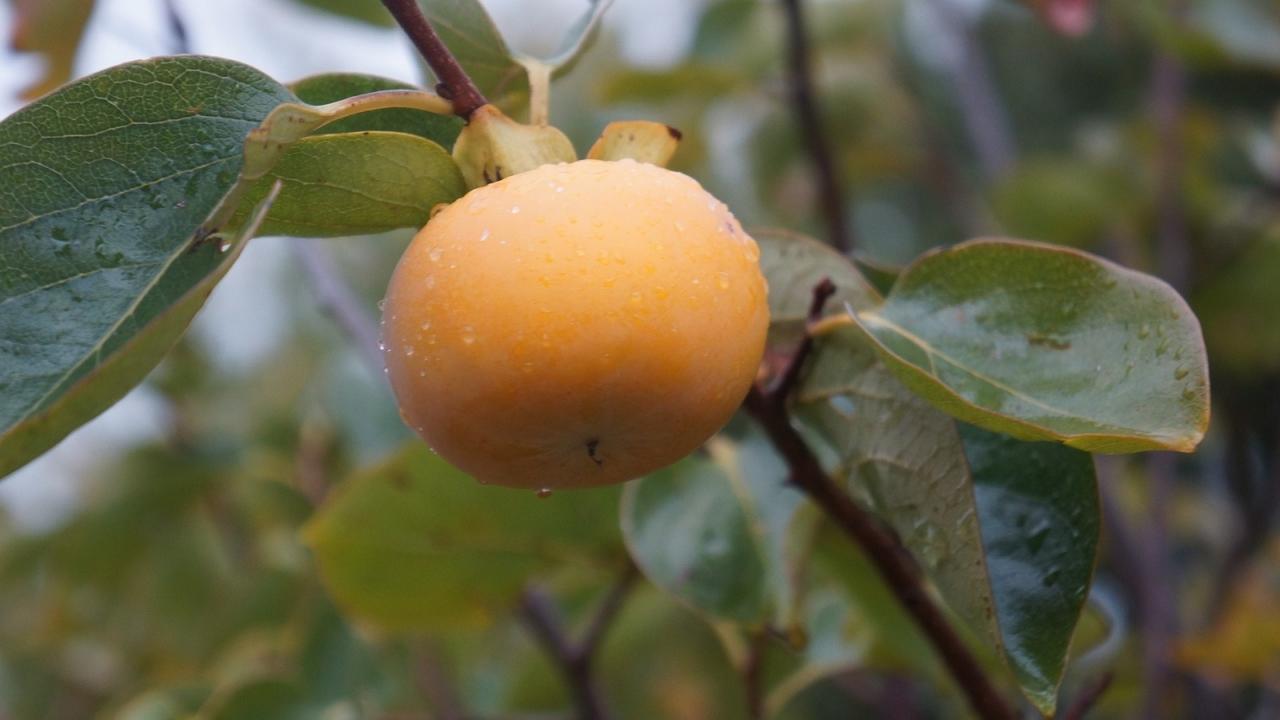7 Unique Fruit Trees for Southern California

Looking to try something new and fresh that your tastebuds will enjoy? Explore these semi-tropical fruit trees that grow well, with proper planting and care, in our San Diego climate.
Many local nurseries carry many of these varieties, so visit them to see if one or more of these unique fruit trees are right for your yard!
Jujube - Ziziphus jujuba - 25-50' h x 20-30' w

This small, resilient tree originated in China and has been cultivated for over 4,000 years. It produces a sweet and delicious plum-sized fruit with a dark, edible skin. The jujube thrives in sunny, warm areas and prefers sandy, well drained soils. Very little care is necessary to keep the jujube healthy and strong.
Loquat - Eriobotrya japonica - 10-25' h x 10-25' w

The loquat is popular as an ornamental plant all around the Southern California landscape. It is likely you have passed by one without realizing how sweet its fruit are! This small evergreen tree produces small pear-shaped fruit that are yellow-orang...
10 Wonderful Drought Tolerant Plants for San Diego Landscapes

With its beautiful weather, the San Diego area is ripe for beautiful drought tolerant landscape designs.
Characteristics of Drought Tolerant Plants
San Diego County's biome is California Chaparral. From mini-mountainous peaks and down eleven west-ward draining watersheds, our county boasts of micro-climates and plant groupings with unique characteristics. Some micro-climates you may encounter or live in are: Oak Savanna, Sycamore and Willow Riparian Corridors, Chaparral, Coastal Sage, Mountains, and Desert.
Depending on where your home or land is sited within these micro-climates will determine which varieties will thrive best. Adaptive traits drought tolerant plants sometimes exhibit are: waxy or glossy leaves, water storing leaves or tissues, serrated leaf margins, silver or light reflecting color, and the ability to solar track or reduce UV overexposure.
Explore the Water Conservation Garden near Cuyamaca College to see an excellent exhibit showcasing water wise and drought to...
San Diego County APN Lookup

If you know a street address for a San Diego County property then this APN lookup tutorial will help! As landscape designers and installers, We use this San Diego County APN lookup process for parcel data all the time. Thankfully, San Diego County has a helpful online service that allows property owners to get a quick, distilled summary of their parcel data based on an Assessor's Parcel Number (APN).
APN Lookup
Knowing your APN is key to getting information out of governmental agencies. Without an APN, some agencies can lookup relevant data using a street address, but the APN, much like a Social Security Number, is best for finding the data you need. Visit San Diego County's GIS page (SANDAG GIS) and enter your address in the search box. Then, click on your parcel and a popup shows with relevant data including your APN. Highlight and copy that APN number to your clipboard and we'll use it later in this tutorial. You may also want to write it down for future reference.

Use SanDAg's...
